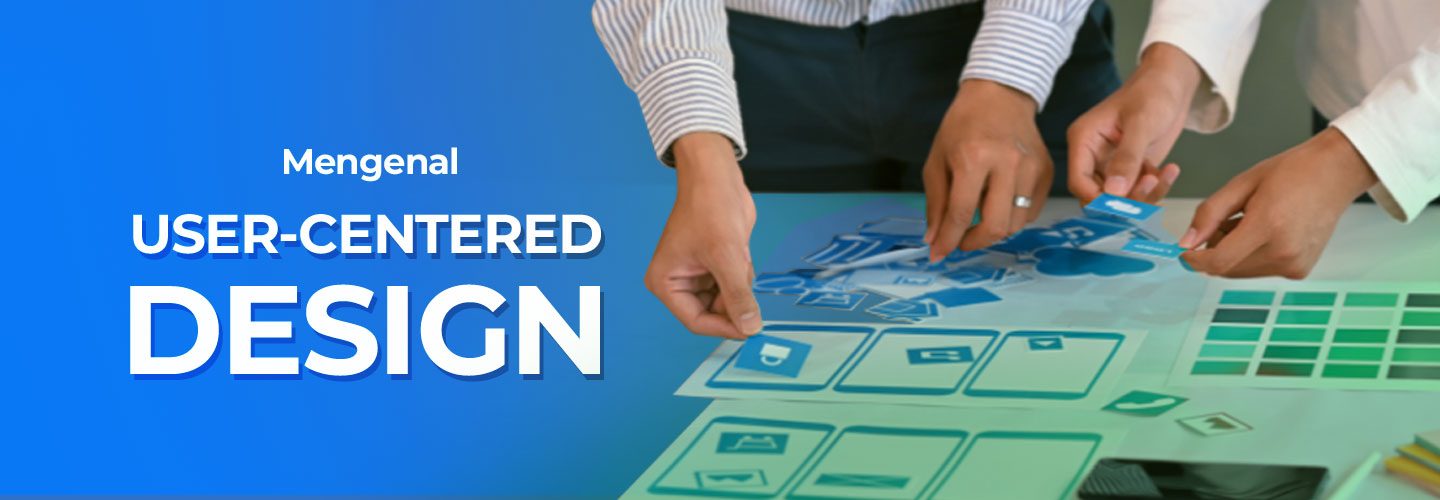User Centered Design, its Phases and Iterative Process

The development of a product will really depend on its users. In this case, user refers to the person who is the target consumer. Usually, the profile of each user can also vary based on the specific product.
Based on this, an understanding emerged called user-centered design (UCD). UCD is not about just anyone, but rather the target user you envision as the user of your product. UCD considers the characteristics of target consumers and the things that make them unique.
In practice, UCD is considered to be able to inform what users want to do with your product and how they will use it. To understand better about user-centered design, see the following explanation.
What is User Centered Design?
Reporting from HubSpot, Lindsay Derby defines user-centered design as an iterative design approach based on making decisions that suit user needs.
Based on the definition of user-centered design, it can be said that the concept focuses on product users. By implementing various research techniques, UCD incorporates user needs and feelings in every phase of product development.
The product development process at UCD involves collecting feedback from users. After that, UCD emphasizes testing ideas and redesigning processes according to user needs. The hope is that the product can be used, is satisfying and has an emotional impact on its users.
User Centered Design Phase
In general, each iteration of the UCD approach involves the following four phases.
- Understand the context when a user uses a system to perform iterations
- Identification and determination of relevant needs for users (user requirements)
- Create development designs as solutions to user needs
- Evaluation is an assessment of the context and needs of users to check how well a design performs
User Centered Design (UCD) Process
Not all businesses can implement the same UCD process. However, there are stages that can be used as a benchmark for designers, including the following.
User research (research)
Find out who your product users are by conducting in-depth research regarding the context of their interactions when using the product. You can use survey, interview, FGD, or ethnographic research methods to create user personas.
User personas can be used as stakeholder references in product development that is in line with business needs. Reveal the difficulties and problems faced by users so that you can create the right product as a solution.
Aligning target users with business goals (align)
You can define the scope of the project and find the right target demographic. You also need to determine the meeting point between users and business goals. That way, you can assess features that can be useful for increasing product revenue.
Create a solution (build)
After conducting research, create a product development series. Determine the user journey, user flows, wireframes, mock-ups, and prototypes to create user testing. Create features and content that are easy to understand using card sorting techniques.
Testing and feedback (test)
If you have prepared a prototype, conduct a usability test on the target user group and get feedback. This process can also be done with interviews and surveys to collect as much information as possible. At this stage, you can start analyzing the suitability of the design as a solution to user problems.
Repeat the design process (iterate)
If the prototype testing process is complete, you can iterate on all the circuits from the beginning to the fourth stage. This is designed to be able to trace back the product's suitability to the business goals you want to achieve.
Each iteration, evaluate, and challenge the team to find a better solution. If this appears, it means the product can still be developed as a new innovation. The Design Thinking for Business Innovation program is a suitable program to understand the product development process that meets market demand.